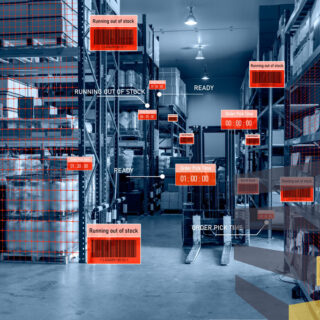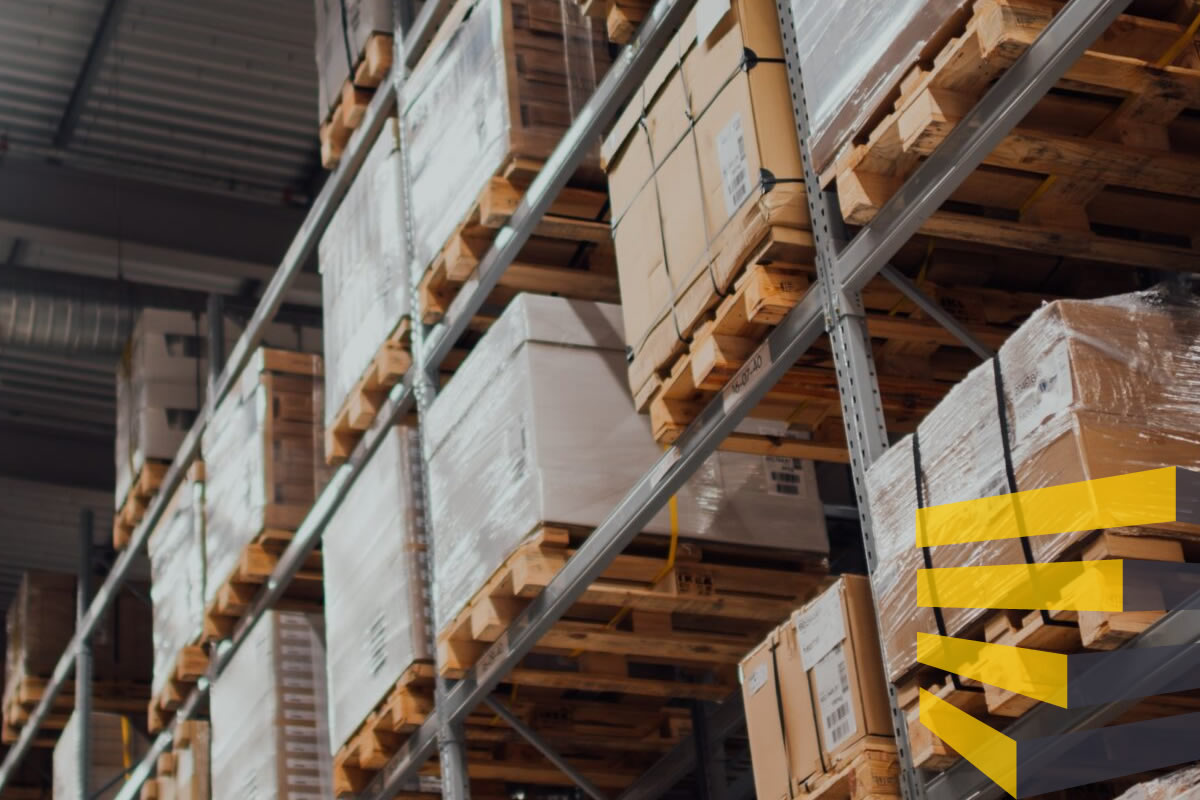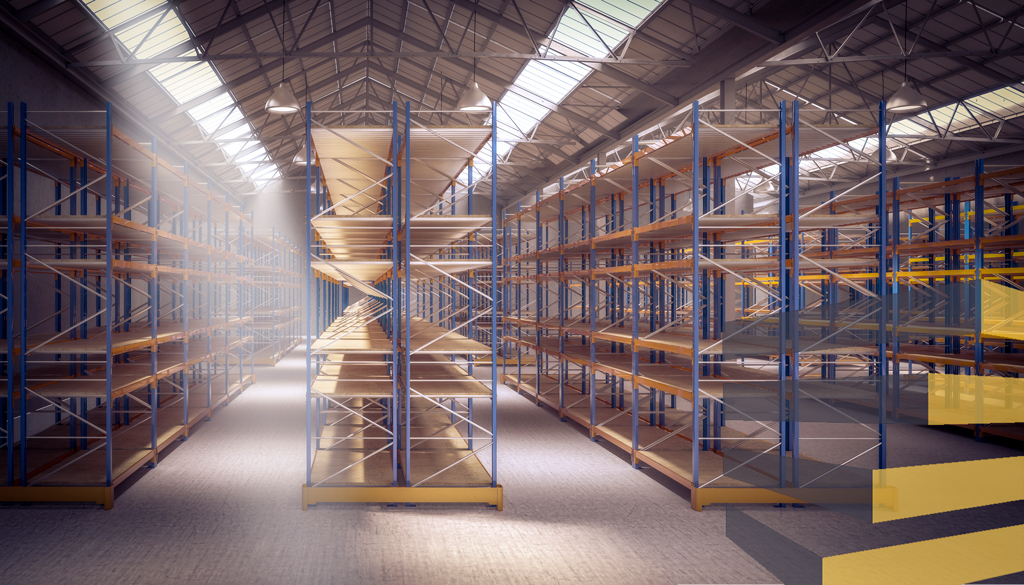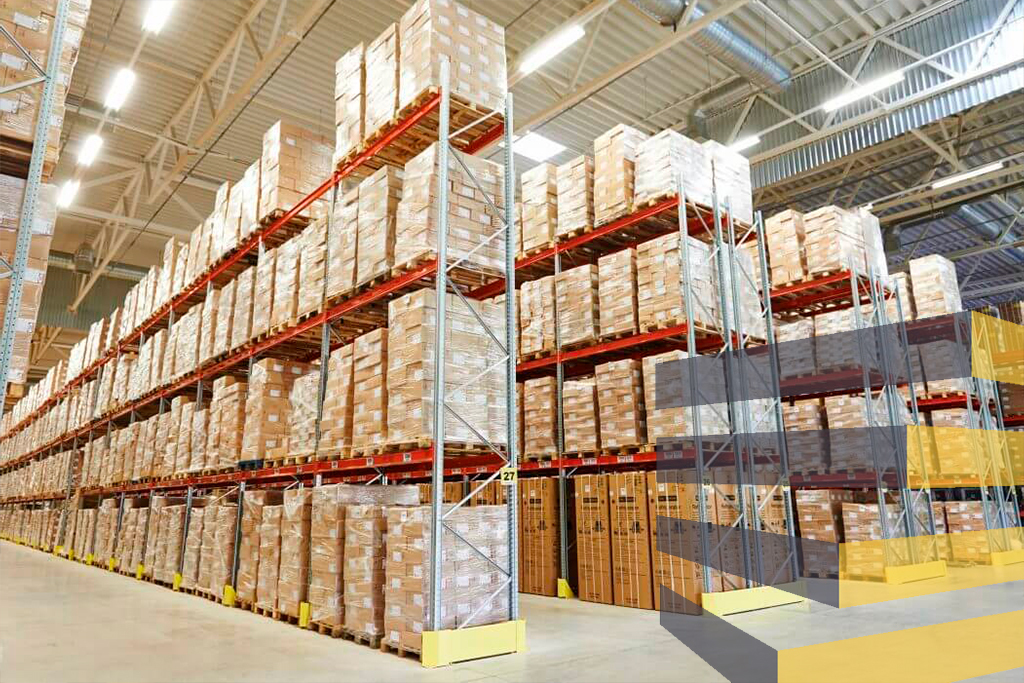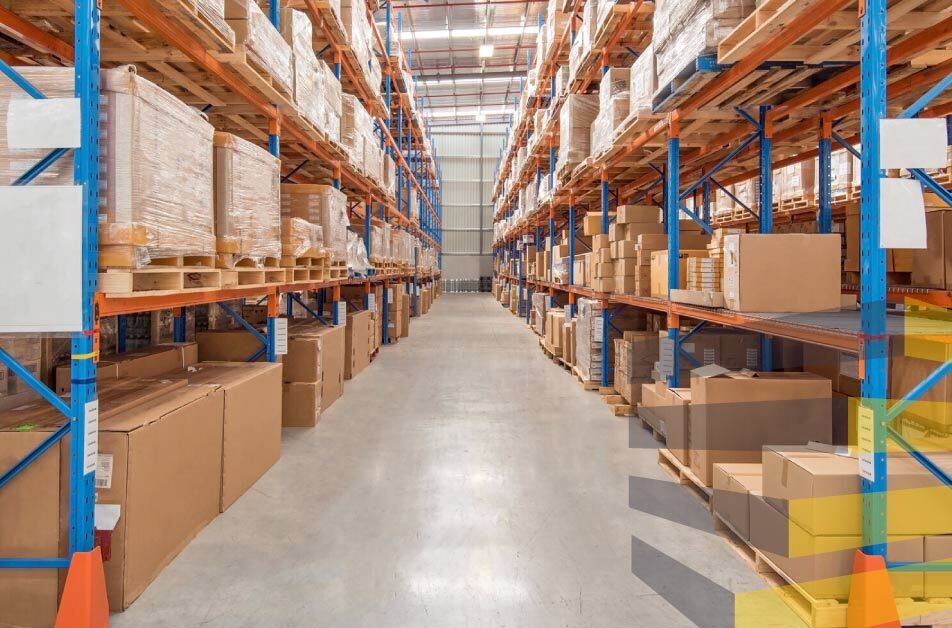Warehouse racks are a fundamental part of the configuration of any warehousing or distribution business, as they bring organization and efficiency to operations.
Well-placed shelving makes the best use of space and helps workers easily access and store goods, while poorly planned shelving can hinder the smooth operation of any warehouse or distribution center.
Warehouse racking is a critical part of a complex system, which also includes the proper layout and distribution of space, the placement of warehouse barriers and includes the people, goods and machinery that will circulate through the area when it is in operation. That’s why it’s important to get your warehouse racking system right.
Racking systems for warehouses
Warehouse racks typically use a pallet as a base that supports the storage of boxes and heavy materials. Pallets are arranged in horizontal rows on several levels to maximize space utilization.
The number of pallets placed vertically depends on the weight supported by the base material. Forklifts are used to reach the pallets, whose function is to load and unload the materials to be stored.
This popular storage system can be found in a variety of sizes and shapes, and the choice of which one to use will depend largely on the goods to be transported.
Warehouse racking design
Before installing a racking system in your warehouse, you must first assess your needs in order to design and plan the most suitable one.
That design will be based on the layout of the space, the type of goods being stored and the access that will be needed to them, and making mistakes when installing warehouse racking can be costly.
Therefore, before purchasing or installing a particular type of shelving, hire professionals with proven experience in warehouse layout design and installation.
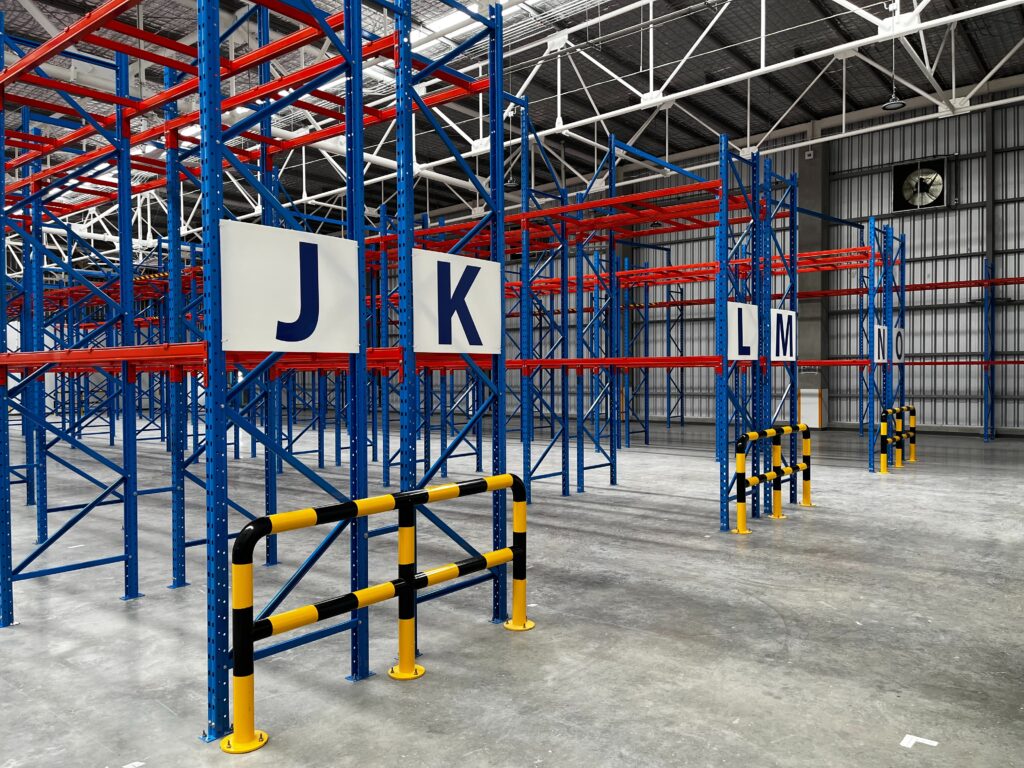
6 types of pallet racking
The following six types of pallet racking are some of the most popular warehouse racking variants available:
1. Conventional pallet racking
Conventional pallet racking is one of the most widely used types of warehouse racking, known for being able to support heavy goods and for being able to be used in narrow aisles.
These pallets are usually moved with forklifts, but can also be transported with standard pallet trucks. Stacking these types of pallets usually involves the use of stringers, nets and dunnage to provide additional safety.
This type of shelving is the most common, and generally a less expensive option to install compared to others.
2. Very narrow aisle shelving
Very narrow aisle shelving is used to make the most of tight spaces and, as the name suggests, is placed in such a way as to leave limited space between them.
The major advantage of this type of warehouse racking is the fact that goods can be stored at high density, however this can also create additional hazards, depending on the goods being stored.
Access to these racks requires the use of specially designed forklifts, so it is advisable to take into account the need for this type of machinery when considering their installation.
3. Self-service shelving
Drive-in and drive-through racking are warehouse racking systems that allow vehicles to enter and pass through, where pallets can be stacked both deep and high.
Self-supporting racks will be configured so that there is only one access point, so they are useful for storing goods that are going to remain stored for a significant period of time, since accessing those located at the back end of the rack will require moving everything in front of it.
Self-supporting racks are loaded at one end and retrieved at the other, making them useful for storing high-demand goods.
4. Dynamic pallet racking
The pallet flow racks use a FIFO (first in, first out) system to accommodate pallets, as well as support rollers and an inclined design, so that the goods placed on them automatically roll from the place where they are loaded to the place where they will be picked up.
As such, they are similar to drive-through racking, but efficiently deliver pallets to the location where they will be picked. It is also energy efficient, as the racking relies on gravity to perform much of the movement of goods.
This type of warehouse racking is especially useful for storing goods that circulate very quickly.
5. Push-back shelving
While live racking is based on a FIFO system, push-back racking is based on a FIFO (last-in, first-out) system, in which loading and order picking are performed at the same end of the rack.
Push-back pallet racking is typically designed to allow the storage of goods between two and six pallets deep, as well as several pallets high.
This type of warehouse racking also often uses rollers, so that items stored deeper are automatically moved to the front of the rack when goods stored in front of them are removed.
6. Double-depth shelving
Double-depth shelving offers a middle ground between layouts designed for easy access and those designed for high-density storage.
The fact that goods are stored two pallets deep allows larger quantities of goods to be stored than in standard racking, but the fact that only one pallet needs to be removed to access another means that access is still relatively quick and easy.
However, it should be noted that not all forklifts will be able to access the goods stored at the rear of the double-deep racks, so their installation will require the availability of suitable vehicles.
Serviap Logistics supplies and installs warehouse racks
At Serviap Logistics we supply and install warehouse elements in Brazil, Mexico and the United States.
These include shelving, signage, labels, floor markings and collision protection. We also offer project management services and oversee the installation, refurbishment or relocation of your warehouse from start to finish.
We count some of the world’s largest companies among our satisfied customers and partners, covering a wide range of industries such as automotive, e-commerce and wholesale, among others.
As a company that has grown internationally after starting in Mexico, we are committed to service excellence and pride ourselves in providing personalized attention to each client.
We are also dedicated to maintaining the highest safety standards wherever we operate, including OSHA certification in the United States.
Contact us at for more information on how we can help you with your warehouse shelving.
If you were interested in this article on warehouse racking, check out the rest of our coverage.




